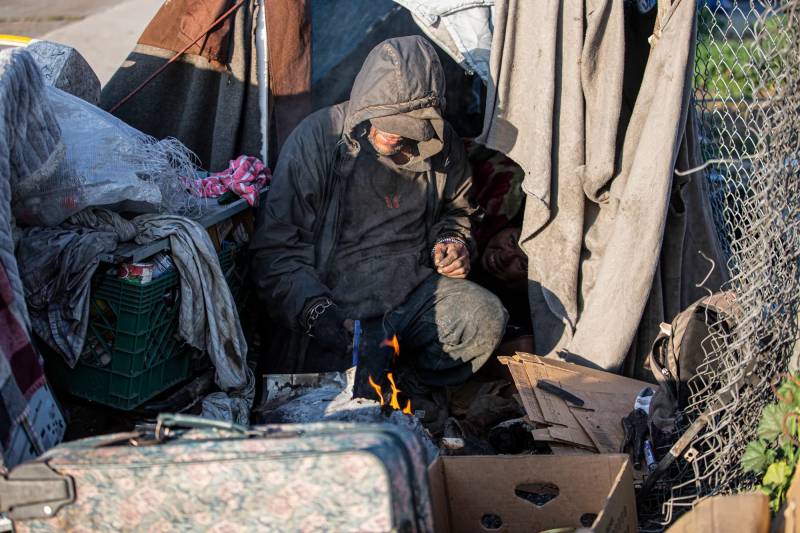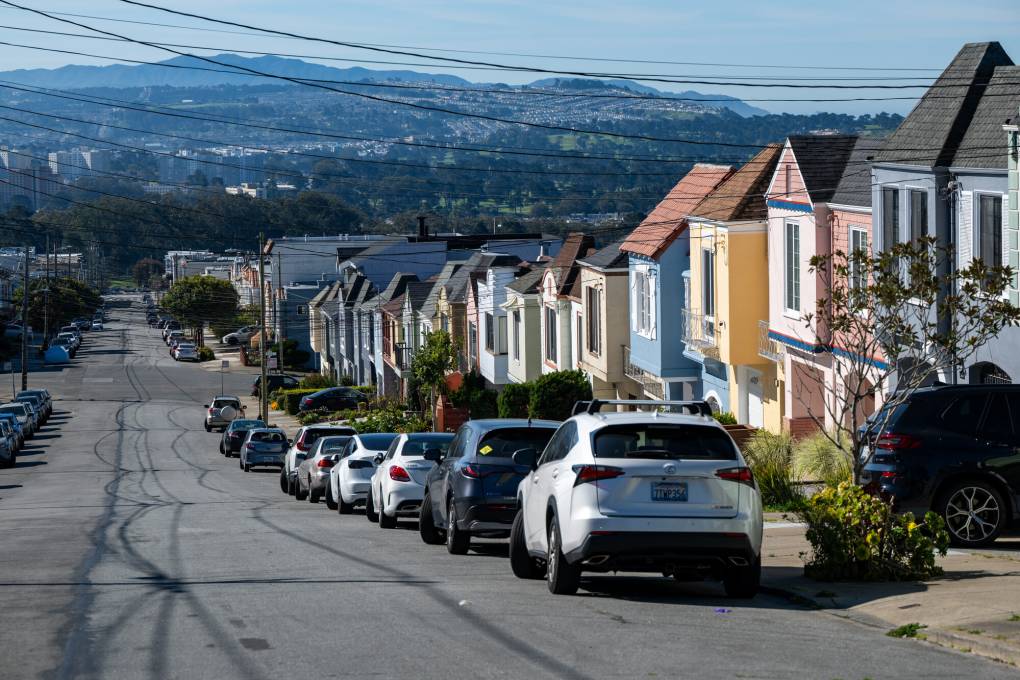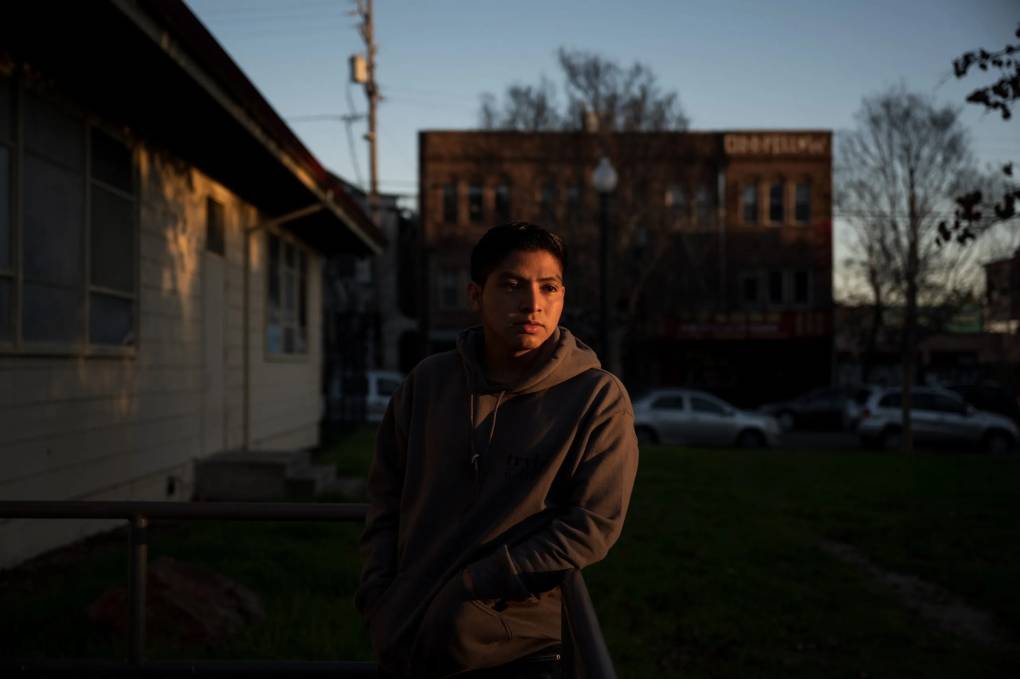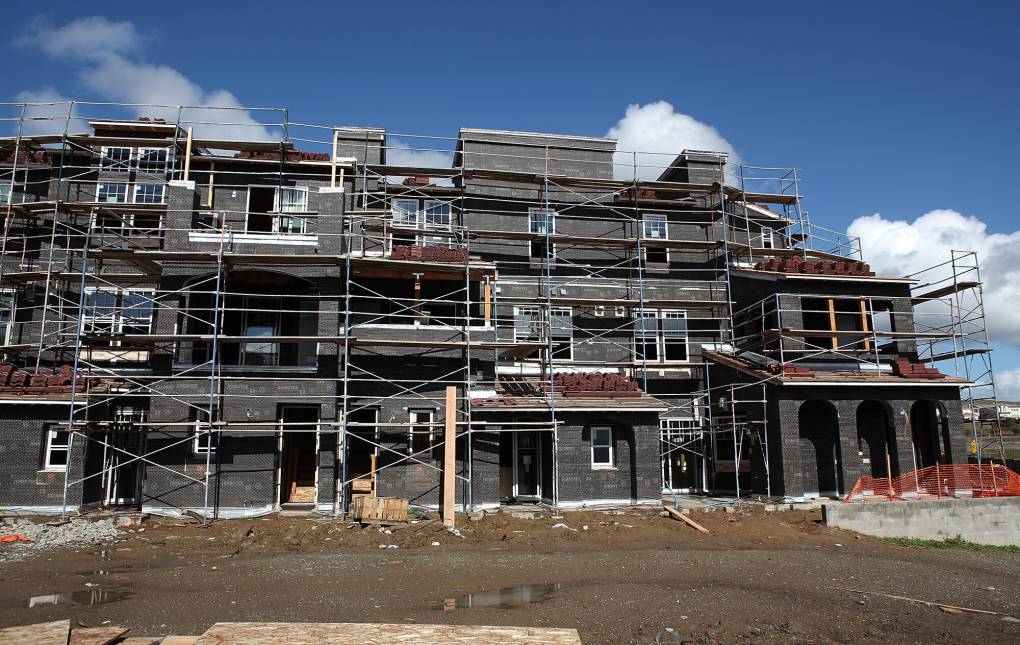Overdoses played a major role in the deaths studied. But people also are dying at increased rates of things that might be avoided if they had a home or regular access to preventative medical care, such as exposure to heat and cold, traffic injuries, cardiovascular disease and diabetes.
“It’s just so hard to do that when you’re living on the streets or living in a shelter,” said Fowle, a postdoctoral fellow at the university’s Housing Initiative at Penn program. “Your main concern is, ‘Can I stay warm and dry for the night? Can I get enough food to eat?’ You can’t think about these other longer-term things that might be affecting your health until, in many cases, it’s too late.”
Some of the increase in the mortality rate may be attributable to county death records keeping better track of who is unhoused, Fowle said. Other than that, he and his team aren’t sure what else is behind the rising death rates — more research is needed, he said.
“Clearly, something is occurring across the country,” Fowle said.
The study, published this month in the health policy research journal Health Affairs, appears to be the first to look at death rates and causes of death in homeless communities nationwide. Data on this subject is spotty, as the feds and most states (including California) don’t require medical examiners to list someone’s housing status in their death records.
Fowle’s study looked at 22,143 deaths of unhoused residents in 22 localities across 10 states and Washington, D.C. — including eight California counties. The death rate among unhoused residents across all 22 localities increased from 814 per 100,000 in 2011 to 2,752 per 100,000 in 2020.
Among the general population, the nationwide mortality rate was much lower: 1,027 deaths per 100,000 people in 2020, according to the Centers for Disease Control and Prevention.
In California, the study looked at Alameda, Los Angeles, Orange, Sacramento, San Diego, San Mateo, Santa Clara and Solano counties. In those counties, the mortality rate more than doubled between 2015 and 2020. Some of those counties didn’t start collecting data until 2015.
Like most information on unhoused populations, the data has limitations. For example, it uses mortality rates based on the federally mandated point-in-time population counts, which are inexact estimates of the country’s homeless communities.



